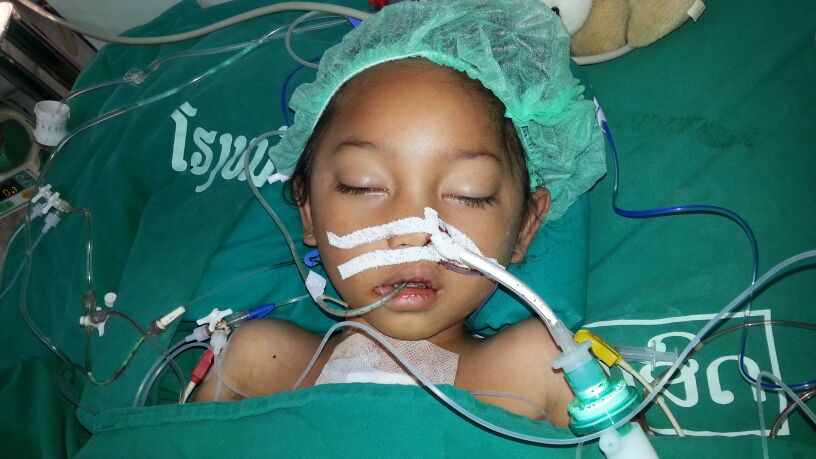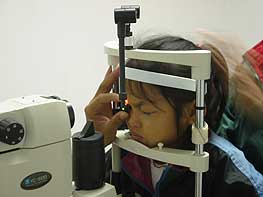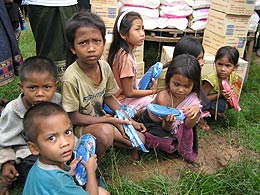Children’s Medical Foundation
Providing accessible health care to children
By establishing collaborative partnerships and institutional linkages, CMF provides capacity building initiatives to bring accessible health care to rural communities and to strengthen primary care and community health in Asia.
The Children’s Medical Foundation (CMF) was established in 1995 (as Project HOPE Hong Kong) as a part of the US charitable organization Project HOPE, a non-profit international health education foundation.
CMF’s first project was to help establish the Shanghai Children’s Medical Centre – the first state-of-the-art children’s hospital in China. Since then, CMF has continued to develop and implement programs in China to improve health care available to children. These programs include:
- The establishment of 20 Neonatal Intensive Care Units to treat severely ill newborn babies in rural, underserved areas in China.
- The Indigent Children’s Fund which has funded the life saving surgeries of 173 orphaned or poor children.
- The Western Training Program (until 2008) which provides one-year intensive pediatric training for doctors and nurses in socio-economically disadvantaged provinces in China.
- The HIV Peer Education Program (until 2007) which educated all children attending middle and high school level education in Shanghai, as well as students in San Ming, Fujian Province and Bei Hai, Guangxi Province.
- The establishment of the Minimally Invasive Surgery Centre at the Shanghai Children’s Medical Centre.
In 2006, CMF became an independent, self-governing, self-sustaining charitable social service organization, allowing our focus and resources to remain in Asia. Our Board of Directors is a 100% giving board – their contributions cover 100% of CMF’s administration costs.
CMF’s current programmatic focus is on improving the health care available to newborn babies in China where the infant mortality rate in rural areas is amongst the highest in Asia and where we have established strong historical institutional relationships. Our programs are centered around capacity building through training, collaborative program development, and improving infrastructure; leveraging partnerships and networks with our health care partners at the local and national level; and providing emergency funding for families who cannot afford life-saving treatment for their babies. Monitoring and evaluation are key elements of our program design, as well as accountability and transparency in our use of donor funds.






